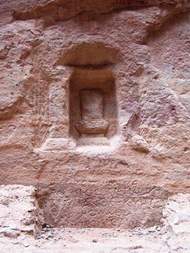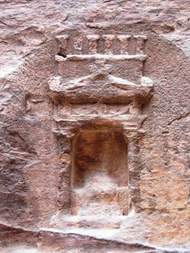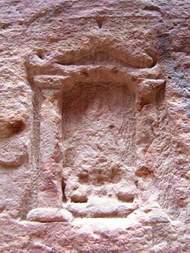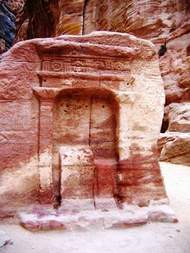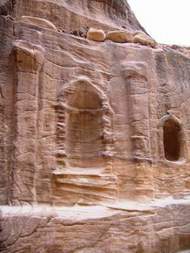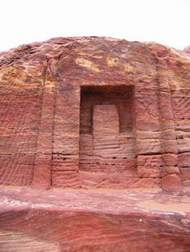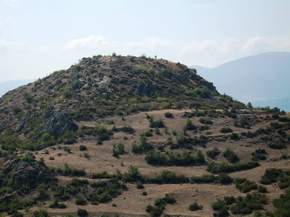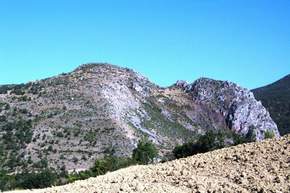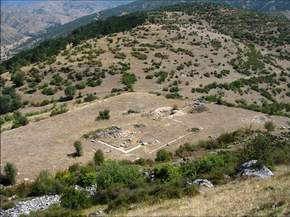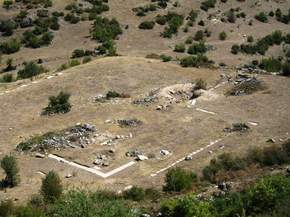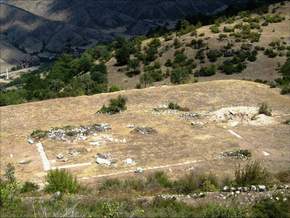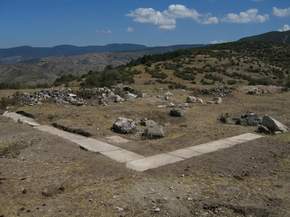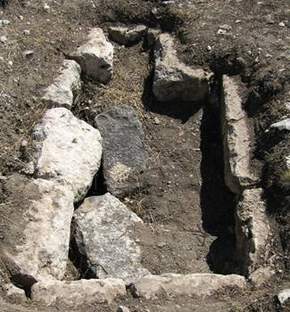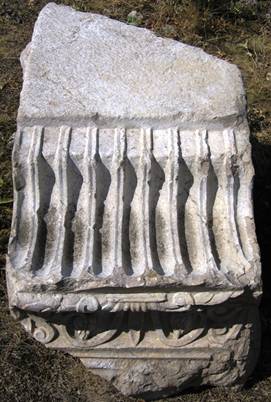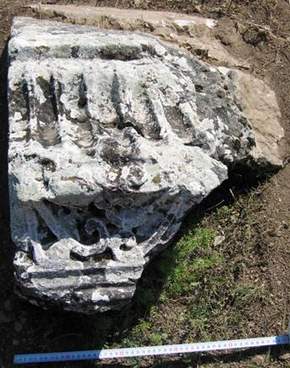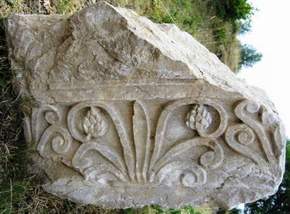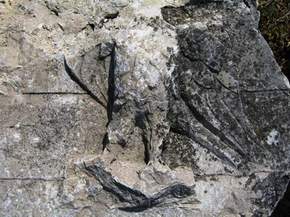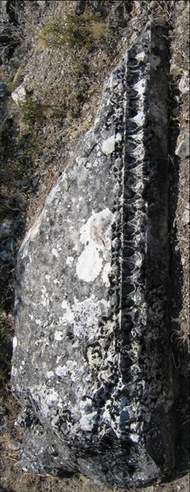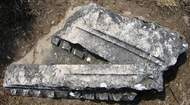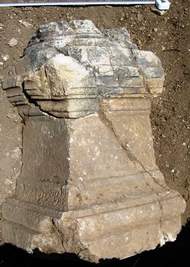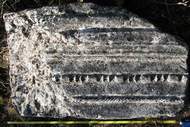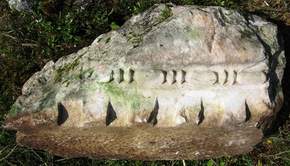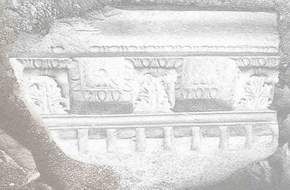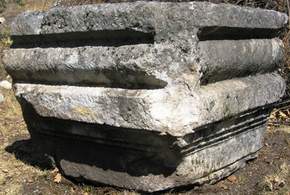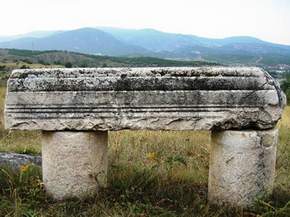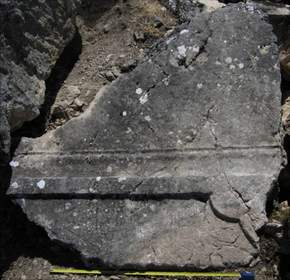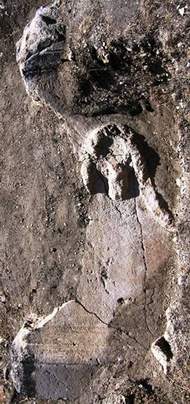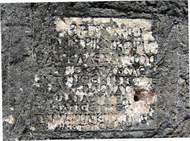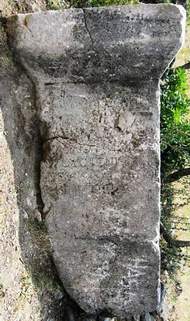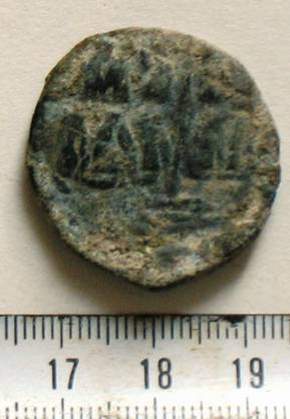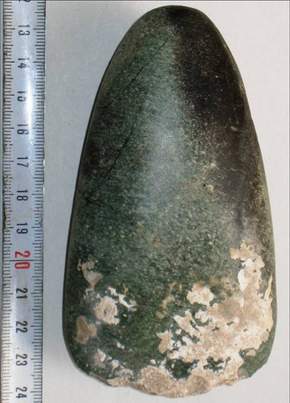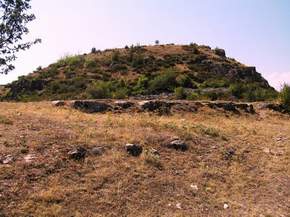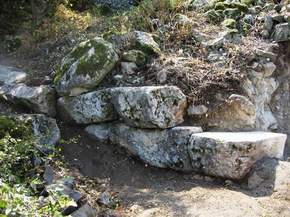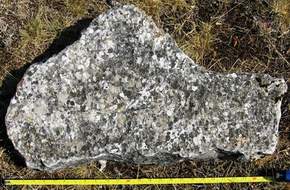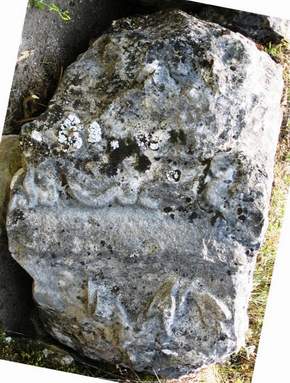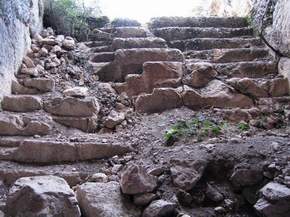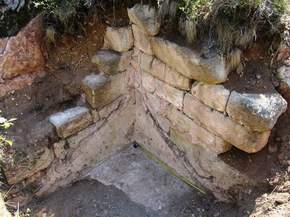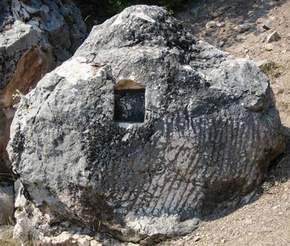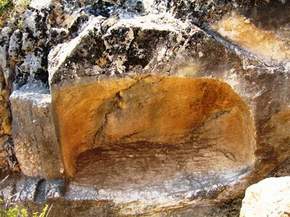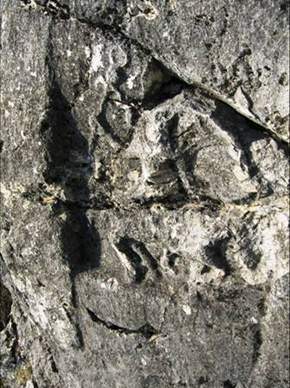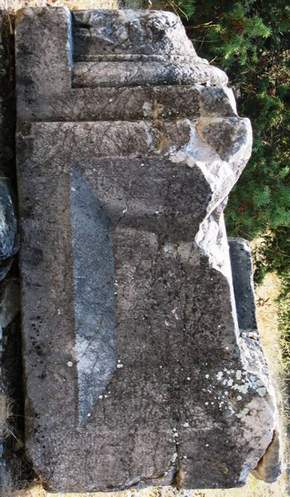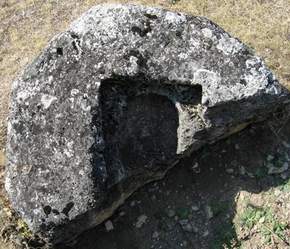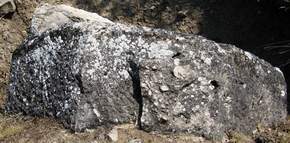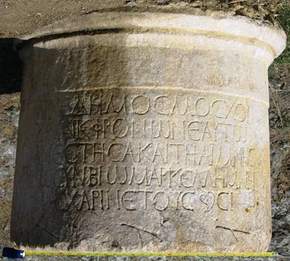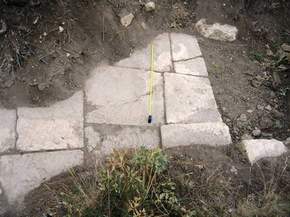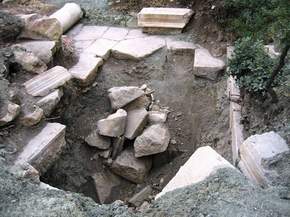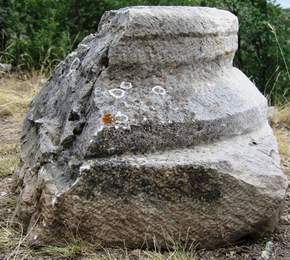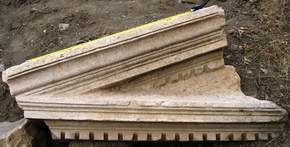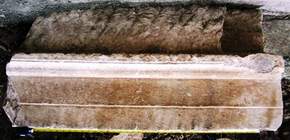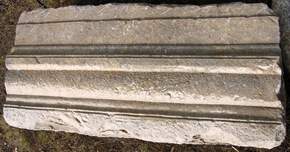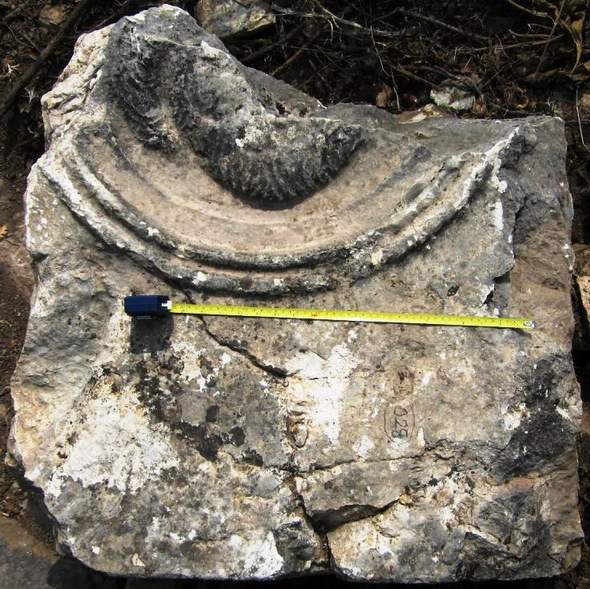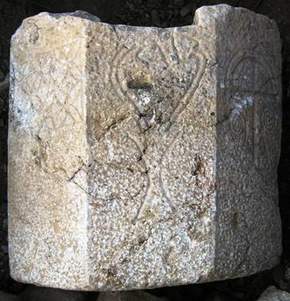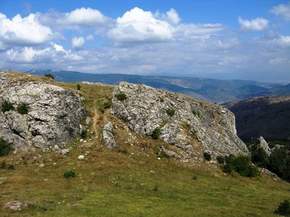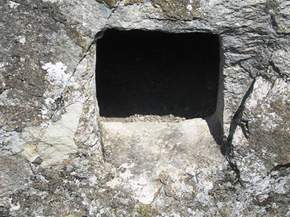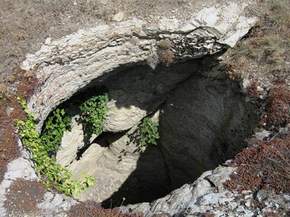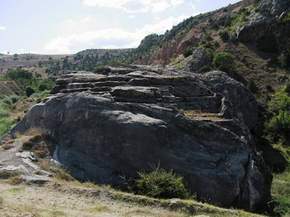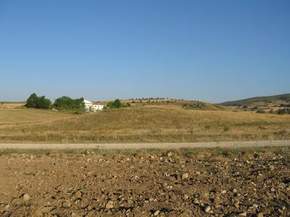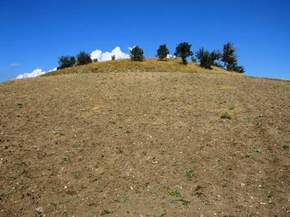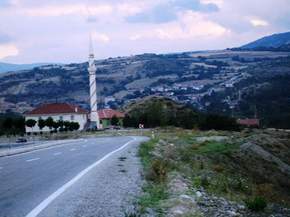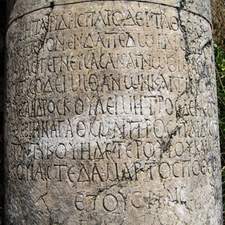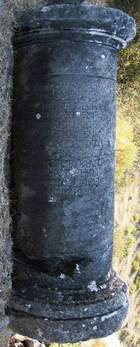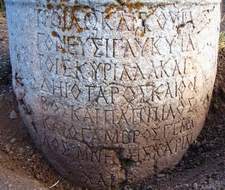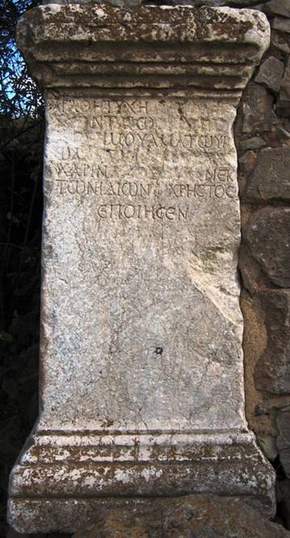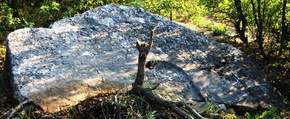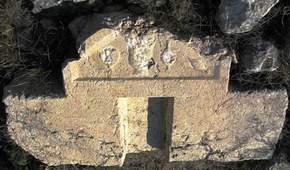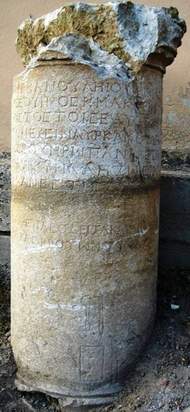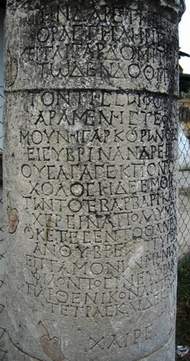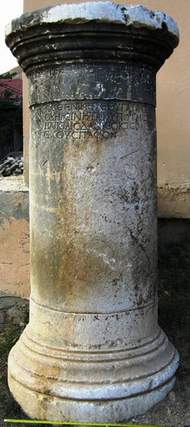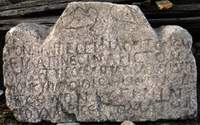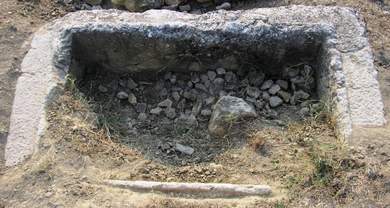|
|
||||||||||||||||||||||||||||||||||||||||||||||||||||||||||||||||||||||||
|
|
||||||||||||||||||||||||||||||||||||||||||||||||||||||||||||||||||||||||
|
Paphlagonian Hadrianoupolis

Geographical Location A Bilance of Past Researches History Phyrgians Hellenistic Period Kingdom of Paphlagonia Romans Early Byzantine Paphlagonia Byzantine First Turkish Settlers Field Surveys at Hadrianoupolis  2005 2006 Field Surveys at Kimistene  2005 2006 Excavations at Hadrianoupolis 2003 2006 2007 Excavations at Kimistene 2006 2007 Archaeometry Phyrgian Pottery Mortar Analysis Geophysical Research 2006 Church B Church C Tumulus Team List 2003 2005 2006 2007 Paphlagonia Geographical Location Natural Sources Forestry Maritime Economy A Bilance of Past Researches History Before the IIIrd Millenium B.C. IIIrd Millenium B.C. IInd Millenium B.C. Hittites Ist Millenium B.C. Phyrgians Greek Colonies Achaemenids Hellenistic Period Kingdom of Paphlagonia Romans Early Byzantine Paphlagonia Middle Byzantine Period First Turkish Settlers Major Paphlagonian Cities Sinope Heracleia Pontica Amastris Abonouteichus Gangra Germanicoupolis Neoclaudioupolis Pompeioupolis Sebaste Sesamus Cromna Pimolisa Safranbolu Hacılarobası Arts and Artifacts Local Museums Amasra Kastamonu Ereğli Sinop Çankırı Bolu Düzce-Konuralp Neighbours Black Sea Pontus Bithynia Galatia Field Activities at Paphlagonia Surveys of R. Matthews Sinope Pompeioupolis Bibliography for Paphlagonia List of Project PUblications Usefull Links International Conference Paphlagonia et Pontus
|
 Our first and major survey area was Kimisteme, a hilltop site, 5 km east of Hadrianoupolis. This site has already identified by Gerhard Hirschfeld at the end of the 19th century; Roger Matthews and his Paphlagonian team had also spent couple of weeks at the site. We have identified four main settlements at this site: acropolis, cistern, and two necropoleis.
None of these past researches did pay attention to the traces of foundations of a Roman temple at this site, located on the northern artificial edge of the acropolis, on the SW flank of the site, where the bedrock slopes away to the north and west.
Although most of the foundation were built with local limestone, some invisible parts were built entirely of brownish andesite without use of mortar or clamps. This temple is the indication of some unknown religious activity at roughy sacred spaces that we are hoping to explain this feature in our future campaigns.
Immediately below the surface at the centre of the artificially carved podium were the substantial foundations of a Roman temple, measuring 16.5 m x 29.4 m, and thus most important and best preserved sacred structure in southern Paphlagonia. This small temple, rising above a small podium, should be Corinthian in order as we have found very little pieces belonging to Corinthian-Composite capitals. As understood from the illegal trenches opened up at the Temenos, the foundations lay in a Iron Age/Hellenistic fill that corresponded with the temple's construction where we have found numerous sherds of Phrygian gray ware, especially open forms and no Hellenistic and Roman pottery. At the illegal excavation trench we have documented at least three settlement layers of 4 m high, going deeper than the foundation level of the Roman temple. This is perhaps an indication that this area was a cultic area much more earlier than the Romans came in. The foundations on the NW consist of large stones. On the site's east and SE flanks, we exposed leveling courses of the temple's foundations, again embedded in Iron Age/Hellenistic fill. The new discoveries permit reconstruction of a large temple that measured 16.5 m N-S and 29.4 m E-W.
In the meantime we have identified more than 50 architectural blocks, carved in the local marmorizied building limestone, on the site itself or nearby, among them fragments of the pediments, architraves and friezes, and of column bases and shafts.
The sizes and proportions of these blocks permit accurate reconstruction of much of the temple's superstructure, on a scale that matches perfectly the dimensions of the newly recovered foundations.
Nothing demonstrates that any classic case of the Christianizing of this temple has been recorded in Kimistene. It is likely that the temple was abonden during the 4th century A.D. This Paphlagonian monument has been unearthed that will further illuminate Paphlagonian architectural traditions.
Of course, much remains to be learned about the building from further excavation and from further analysis of the architectural blocks already catalogued. The Middle Byzantine builders of the Acropolis exploited the temple's superstructure as a convenient quarry for the marble and limestone blocks they needed for the fortification walls and staircase.
Another problem with the temple was the to find out which deity it was dedicated. Five in situ epigraphic documents at the site, all with the clear toponym of Kimistene, indicate various cults at the site, but not a specific one. Zeus Kimistenos seems, however, to be a possible candidate to the temple. Also a huge altar, lying in situ in the Temenos is bearing boukranion. The project is developing to a new plan of excavation and research to bring the Temple Platform project to a fruitful culmination.
At the extensive surveys at Acropolis a large number of Middle Byzantine vessels was collected, with a 10th century A.D. coin. A surprising find was a serpentine axe from the peak of the Acropolis with 912 m altitude.
In Middle Byzantine times the Acropolis was completely enclosed by a fortification wall, traces of which are visible around the western and northern edge of the mound. The circuit wall was strengthened by a number of projecting square towers, and there appear to have been several gates. At the north-eastern and south-western corners of the mound the Acropolis wall joins up with the circuit of fortifications around the temple. Numerous re-used elements belonging to the temple and other earlier structures were found in this very primitive wall. On the below part of the Acropolis some painted Phrygian pottery were collected, although no painted Phrygian pottery were found in the Temenos of the Roman temple. Archaeologically the Phrygian heritage in the area is very strong and it is likely that Phrygian settlements in southern Paphlagonia were concentrated on mountains, as they do the same in Galatia; but in Kimistene we have almost no Phrygian architecture or any other archaeological indications for their existence except pottery. It is hoped that future excavation campaigns will provide more data on this matter.
At the hilltop, south of Acropolis there is a monumental cistern-reservoir complex with stairs leading into the cistern. A brief study of this cistern shows it is irregular, square in plan, just under 6 metre on each side and 18 metre deep; thus it should be holding 19,571.97 gallons of water. The walls of the exterior structures of cistern complex are covered with a coat of mortar. No remains have been found inside which can indicate the precise date of the cistern, but the lack of mortar in the interior construction points to a Pre-Roman period. Cistern of comparable constructions of Hellenistic period exist in other parts of Asia Minor, Syria and Jordan, but these have not been dated precisely either. The function of the cistern is still not very clear either.
Although no residential area of Kimistene has been discovered yet, two hilltops north-east to the Acropolis were selected for burials and cultic functions. Several types of burials and grave stones were documented in this area. This large collection will undoubtedly be very helpful in understanding the burial practice traditions in Hellenistic and Roman Paphlagonia.
Indication for an extensive viniculture activity has been observed at the necropolis area, as evidenced through some wine presses. It is likely that Hadrianoupolis and its environs were serving as the hinterland viniculture areas, providing their products to Paphlagonian coastal cities like Herakleia, Sinope and Amastris to get them traded to the abroad.
After working on Kimistene extensively we have enlarged our survey region to other neighboring areas to Hadrianoupolis in order to understand settlement patterns in a larger scale. In a hilltop area, called as Sandıkkayası, 5 km south-east to Kimistene we have discovered a second Roman temple, again in foundation levels that was already opened up by illegal looters in 1999.
This temple is very similar in form to the one at Kimistene, but slightly smaller in size. What we have seen from the architectural fragments is that almost all the elements are same and that makes us to think that both of the temples were built at the same period.
It is clear from the foundation level that Roman builders of the Temple has chosen an area where serpentine units are observed widely. It is, however, not possible to predict about to whom this temple was worshipped.
In the surrounding area of Hadrianoupolis and Kimistene we have discovered several new unknown funeral, domestical,
industrial, commercial and ecclesiastical sites which clearly show that during the Classical Antiquity and Early Byzantium a very human activity was going on in this area.
One of the goal of 2005 field campaign was to careful documentation of all the epigraphic documentation in the region.
Hadrianoupolis and its surrounding is very rich, especially in funeral inscriptions of 2nd to 4th centuries A.D.
No Hellenistic inscription was found so far, but a careful examination of the burial traditions provided us that at least since the Phrygians the region was densely populated and this went upto the 7th century A.D. without any break.
In 2005 we had a geologist in our team who was dealed with the geological investigation of this unknown region just to bring us some more evidence about the human activities in the region. In 2005 our geologist has begun with the collection of all used stones and their querries in the region in order to understand the local stone industry. In our 2006 campaign, an archeo-geophysic survey by Department of Geophysics from Izmir has been planed. Results of the research so far have been begun to be prepared for publication in a series of articles and will be finally published in a monograph as well as on our website. The fieldwork was begun only in August 2005, that means six months ago, and once study of all collected materials has been concluded, the project will publish its annual results in independent volumes.
| |||||||||||||||||||||||||||||||||||||||||||||||||||||||||||||||||||||||

